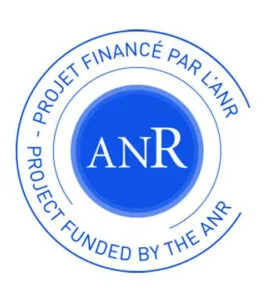Flow Splitter for Organ on Chip
Get more from your current setup
Maximize your throughput
Branch up to 6 chips to a single pump
Compatible with many pump types
Pressure-driven flow controllers, syringe or peristaltic pumps
Reliable flow rates
Know the flow rate of each of your line splits
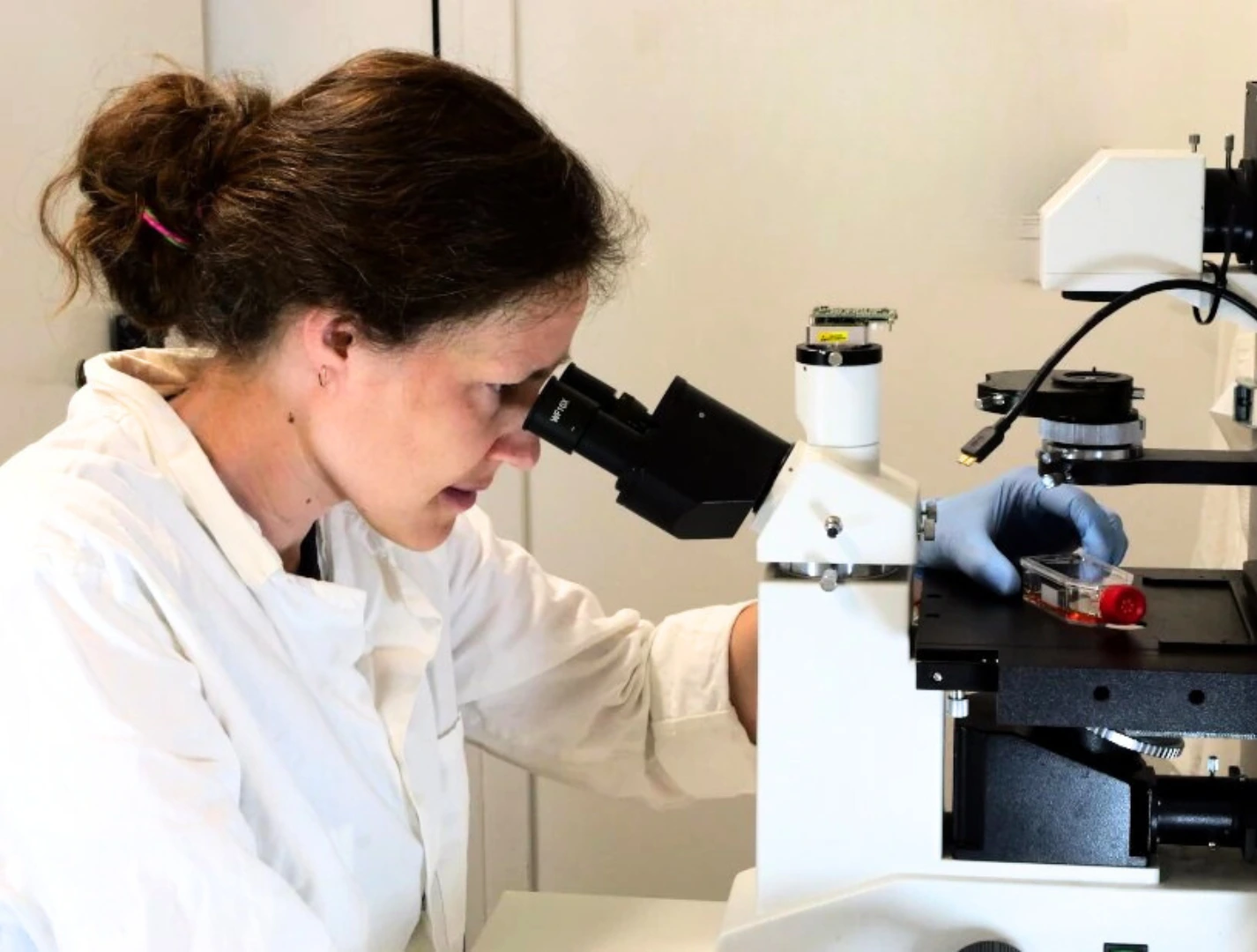
Need a microfluidic SME partner for your Horizon Europe project?
Flow splitting and organ on chip
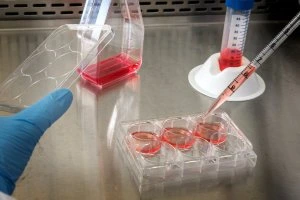
One of the largest limitations of instruments for organ-on-chip research at the moment is its inability to provide researchers with similar throughput when compared to conventional techniques, such as well plates.
Increasing the numbers of chips running in parallel usually means buying more pumps and substantially increasing the complexity and footprint of the system.
Splitting the flow, although obvious as a solution, is not trivial. The varying resistances of each line, caused by biological debris, differing chip dimensions, or subtle size differences in tubing, result in different flow rates, rendering the experiment results not comparable.
Image Caption: B-cell follicle inside a mouse lymph node

We decided to tackle this problem. By evenly splitting the flow and constantly monitoring and controlling the flow rates, you can maximize the throughput of each of your pumps with peace of mind.
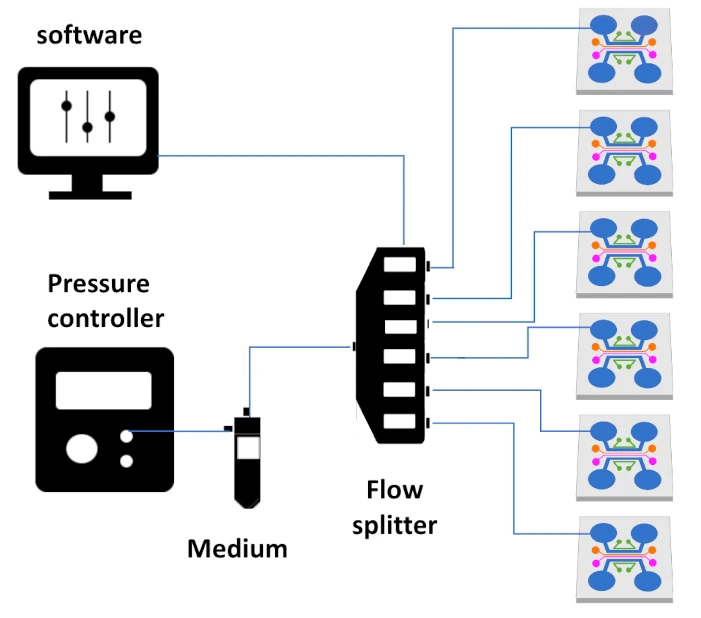
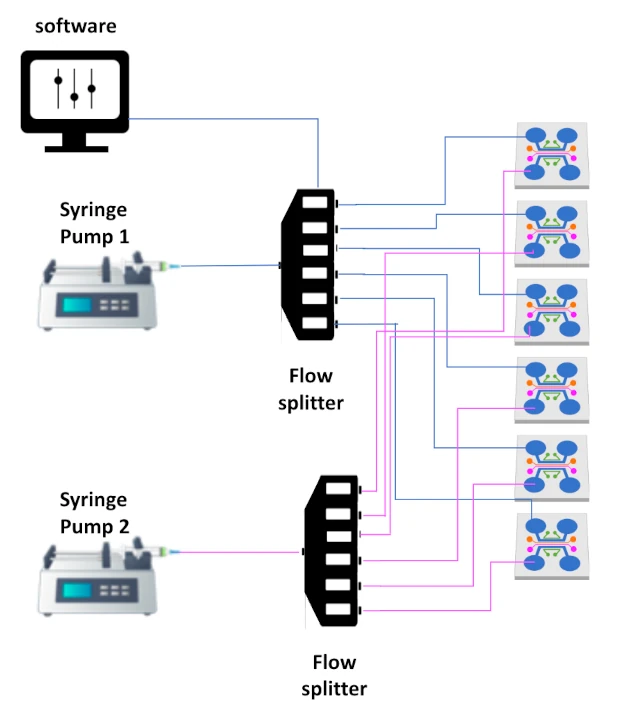
Setup
Pressure-driven or syringe pumps
Flow splitter
Reservoirs
Tubings and fittings
Microfluidic chip
User guide
Software
The flow splitter was designed to be effortlessly included in your current setup, if it works with pressure-driven or syringe pumps. You connect it to the outlet of your reservoir or syringe and its outlets to each of your chips. It’s controlled by a dedicated software, in which you can set the flow rates, monitor and control them throughout your experiment.
Reservoirs, tubing, and connectors are all commercially available, can be reused or disposable, and can be bought independently and sterile. The system was conceived to work with any type of chip, whether commercial or home-made.
Parallelisation: Keeping it simple
If you have complex organ-on-chip experiments, involving more than one channel per chip, the flow splitter keeps things simple. You just need to add one instrument per chip channel.
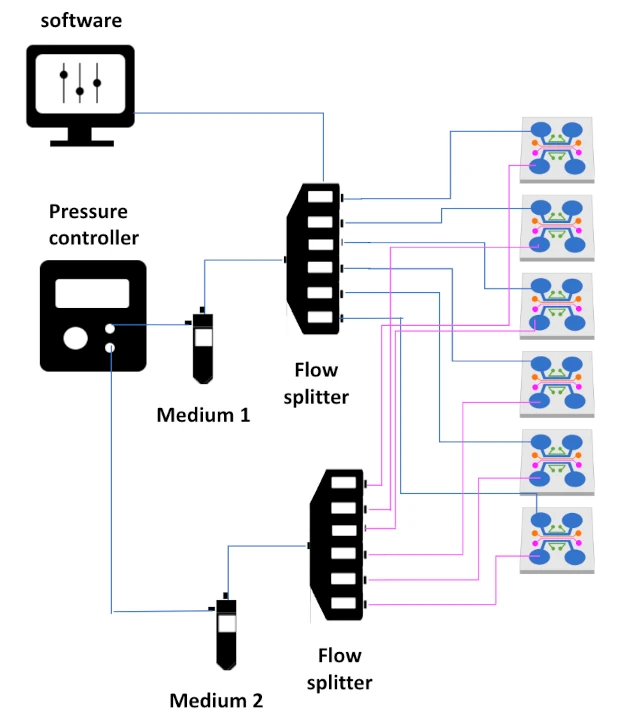

Recirculation
It is also possible to recirculate media, if you connect the flow splitter to a peristaltic pump, as shown below.
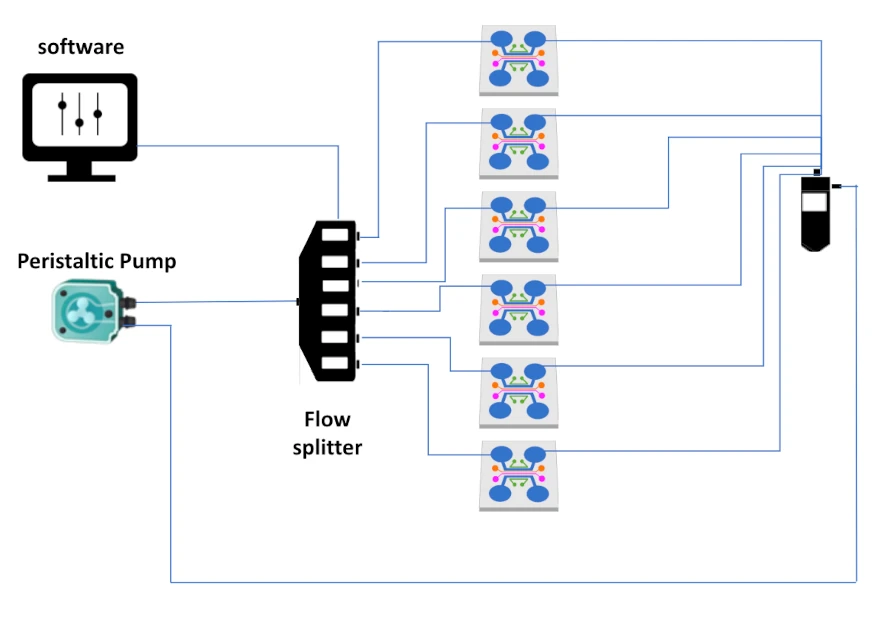
With a peristaltic pump, the outlet of the chips needs to be collected to a reservoir in common and the reservoir should be connected back to the pump.
Applications
Some biological applications of our flow splitter include:
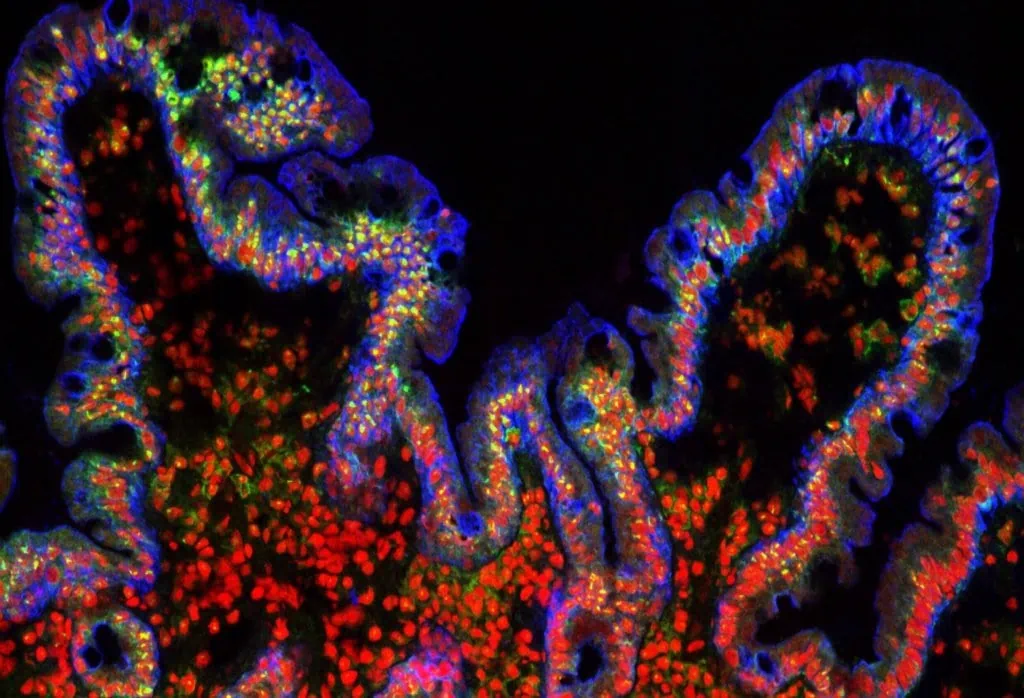
Gut-on-a-chip pack
Intestinal cells coculture under flow, mimicking the gut physiology
✓ All microfluidic pieces included, quick and easy assembly
✓ Dynamic culture conditions
✓ Advanced in viro/ex vivo
Gut-on-chip
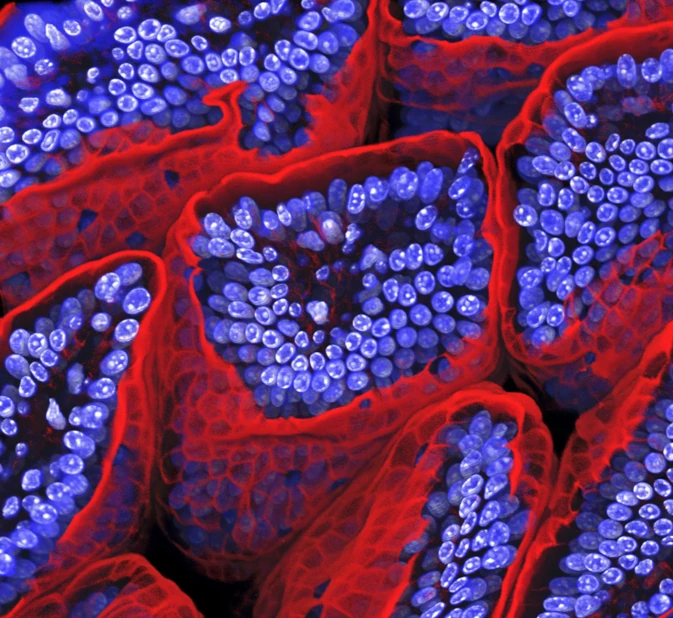
Inflammatory bowel disease model
Automatically collect important markers of IBD in a relevant in vitro model
✓ Uncover cytokine profile changes in time
✓ Mimic pathological conditions of IBD
✓ Tailor sample volume to your analysis
Inflammatory bowel disease model
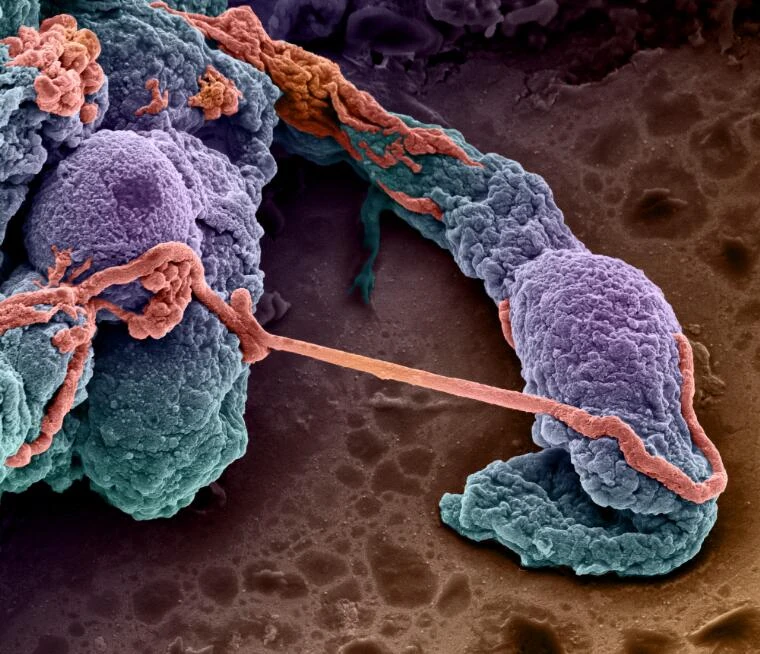
Blood-brain barrier on chip
Plug-and-play instrument pack for long term BBB on a chip study
✓ Relevant microenvironment
✓ Automatized organ-on-chip perfusion
✓ Plug-and-play microfluidic platform
Blood-brain barrier on chip
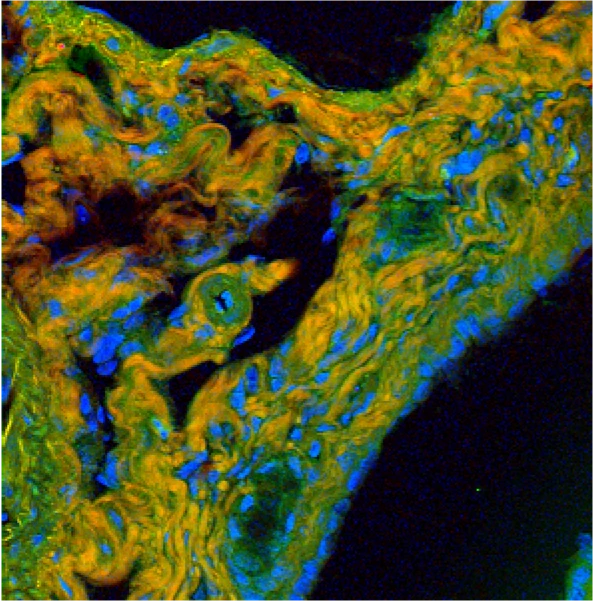
Liver-on-a-chip model
Mimic the liver microenvironment in long term experiments
✓ Improve your reproducibility with physiological culturing conditions
✓ Automated and controlled supply of nutrients in a stable flow
✓ Test different conditions at the same time
Liver-on-chip
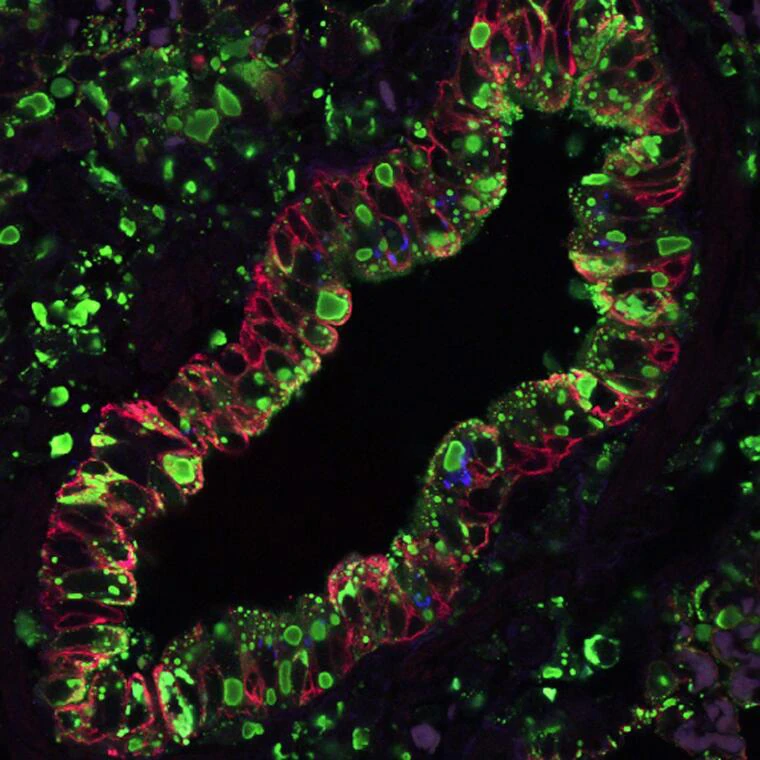
Lung-on-a-chip pack
Perform lung research in a physiologically relevant microenvironment
✓ Culture your lung cells in a physiological air-liquid interface
✓ Continuous and controlled supply of nutrients in a stable flow
✓ Stop losing your cell experiment due to clogging
Lung-on-a-chip
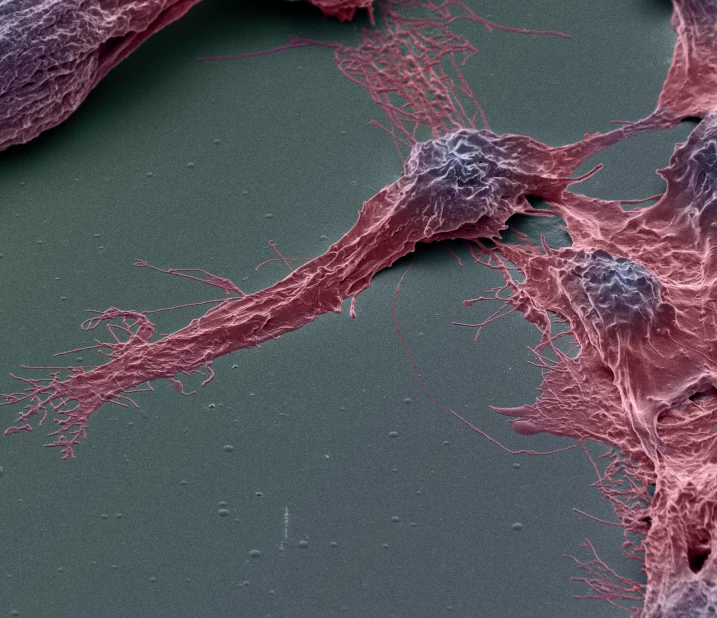
Cancer cell migration pack
Follow long-term cancer cell migration in real time on top of the microscope
✓ Keep ideal temperature conditions
✓ Follow cancer cell migration in ral time
✓ Adapted to cultures under flow
Cancer cell migration
And many more!
Specifications
The flow splitter comes in the configuration of 1-to-6 channels. Each channel has an independent control. Each channel has the following specifications:
| Components | Technical Specifications |
|---|---|
| Calibrated liquids | Aqueous media |
| Flow rates | 0.1 µl/min to 5 mL/min |
| Wetted Material | Glass |
| Sterilization | Not autoclavable, sanitization protocol available |
| Temperature range | Room Temperature to 70 oC, incubator-friendly |
Customize your pack
Our instruments can be added to different setups depending on your specific needs. In this light, our microfluidic specialists will advise you on the best instruments and accessories depending on your needs and will accompany you during the system’s setup.
Frequently asked questions
Can I have different flow rates per line?
Not intentionally, the splitter was designed to evenly split the flow so each line has the same flow rate.
What should I do if one line deviates from the desired flow rate?
The flow splitter has the in-built capacity of adjusting flow deviations in case of small variations in each line due to the development of the biological model.
Can I run two flow splitters in the same software?
Yes, you only need one computer and software to run several flow splitters in parallel.
Can it be placed inside the incubator?
Yes, the flow splitter is incubator-friendly.

